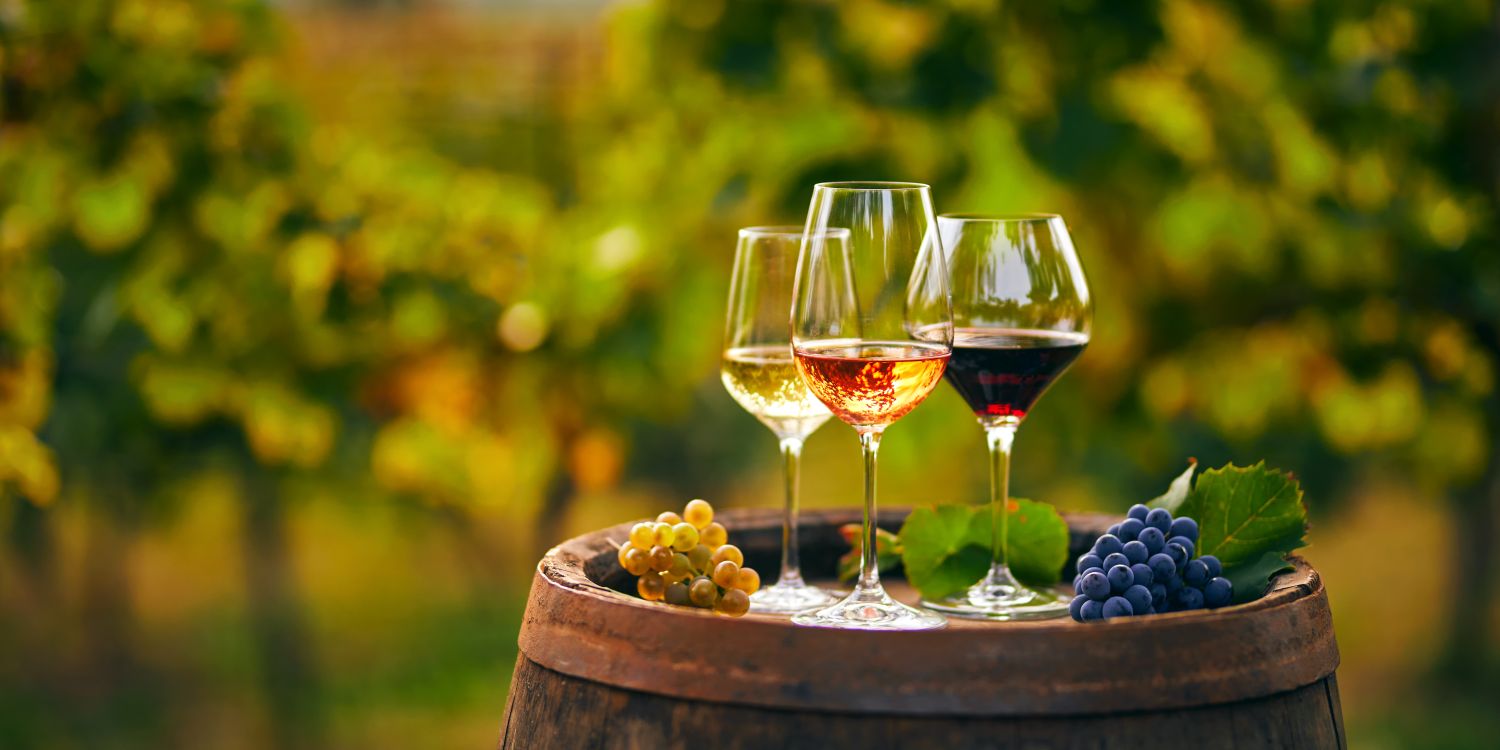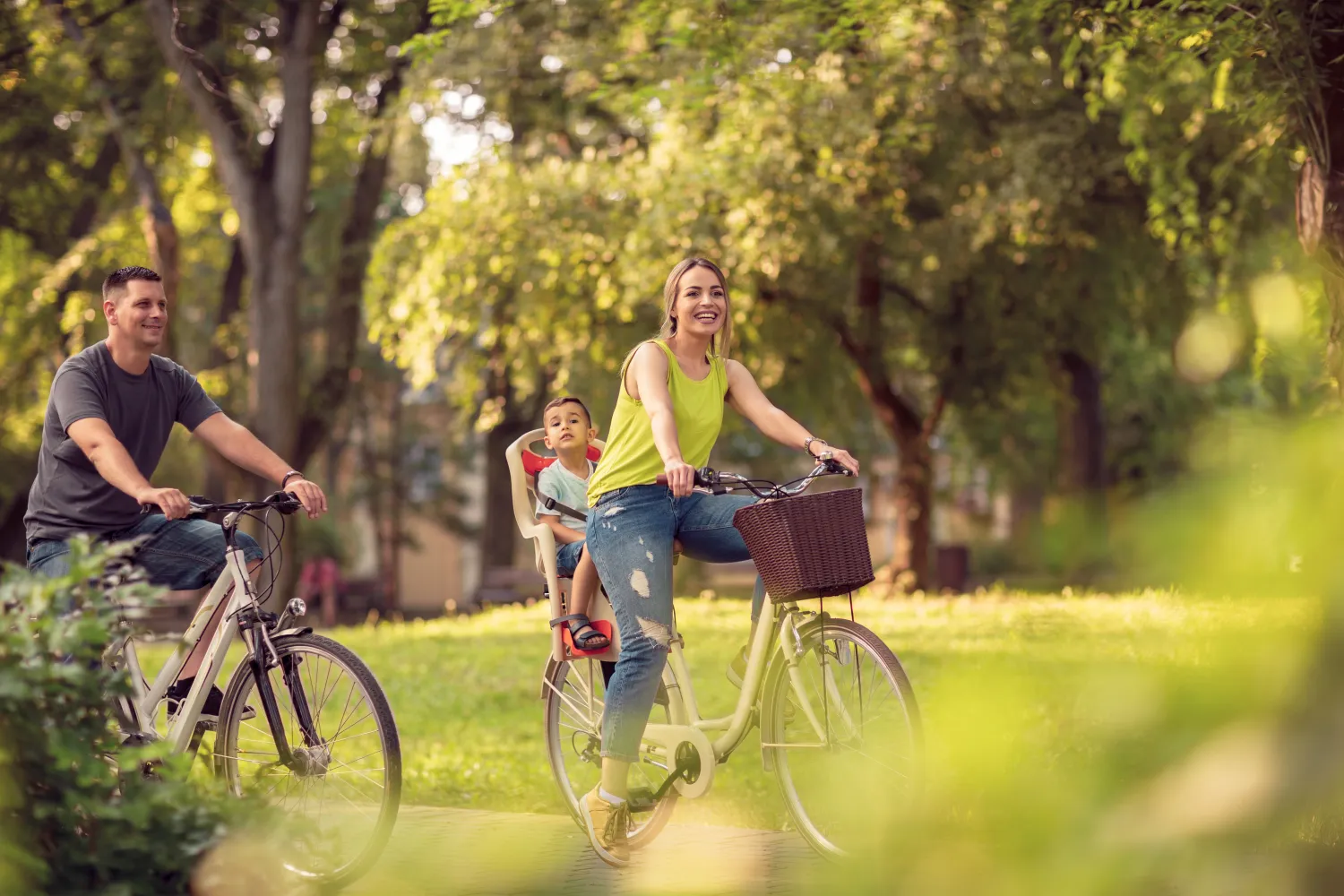Bordeaux wines, world-renowned for their quality and diversity, deserve to be tasted with care and respect. Fully appreciating a Bordeaux wine is more than just drinking it; it’s a complete sensory experience involving observation, olfaction and mouthfeel. At Evazio, we believe that the best way to discover these viticultural treasures is through our carefully designed wine tours. This article will guide you through the essential steps to tasting Bordeaux wines like an expert, providing practical advice and proven techniques, while highlighting how our tours can enrich your experience.
Preparing for the tasting
The first step in appreciating a Bordeaux wine is to create an environment conducive to tasting.
Choosing the right environment
It’s crucial to choose a quiet, well-lit location, free from any strong odors that might interfere with the wine’s aromas. Natural light is ideal for observing wine color, but in the evening, a good white light will do the trick.
Lens selection
The choice of glass is also fundamental. For red Bordeaux wines, a stemmed glass with a wide opening will allow the wine to oxygenate and release its aromas. White wines are best enjoyed in smaller, narrower glasses to concentrate the delicate aromas. Rosés, meanwhile, can be enjoyed in glasses similar to those used for white wines. Innovations such as Hélicium glasses from Arnaud Baratte can also help to renew the taste experience.
Operating temperature
The temperature at which wine is served plays a crucial role in the appreciation of its aromas and flavors. Red Bordeaux wines should be served slightly below room temperature, between 16 and 18°C, to prevent the alcohol from overpowering the aromas. White wines are best served between 10 and 12°C, while rosés are best enjoyed around 8 to 10°C. Respecting these temperatures will reveal the full complexity and finesse of the wine.
Tasting techniques
Once you’ve prepared your tasting environment, it’s time to move on to the actual tasting techniques.
Visual observation
The first step in wine tasting is visual observation. Hold your glass by the stem and tilt it slightly in front of a light source. Observe the wine’s color, clarity and viscosity. Color can give clues to age and grape variety. For example, a young red wine will have a bright red color, while an older wine will tend towards brownish hues. Clarity indicates the quality of filtration, and viscosity, observable by the wine’s “legs” running down the glass, can suggest alcohol and sugar content.
Olfaction
The next step is olfaction, which is divided into two parts: the first nose and the second nose. Gently shake the glass to release the aromas and inhale deeply. The first nose will give you a first impression of the dominant aromas. Shake the glass again to intensify the aromas and inhale a second time. You should be able to distinguish more complex and subtle aromas, classified into three categories: primary (from the grape variety), secondary (from fermentation) and tertiary (from aging).
Tasting in the mouth
The final step is tasting in the mouth. Take a sip of the wine and move it around your mouth so that it comes into contact with all your taste buds. Analyze the main flavors and nuances. Identify the wine’s characteristics: acidity, tannins, alcohol, body and length on the palate. Bordeaux wines are often well-balanced with a pronounced tannic structure, especially reds. Length on the palate, i.e. the persistence of flavors after swallowing or spitting out the wine, is a good indicator of wine quality.
Learn to recognize the characteristics of Bordeaux wines
To taste like an expert, it’s essential to know the typical characteristics of Bordeaux wines.
Typical Bordeaux grape varieties
Bordeaux is famous for its red grape varieties such as Merlot, Cabernet Sauvignon and Cabernet Franc. Each brings specific characteristics: Merlot offers red fruit aromas and a velvety texture, Cabernet Sauvignon brings powerful tannins and blackcurrant aromas, while Cabernet Franc adds spicy and herbaceous notes. For white wines, Sauvignon Blanc and Sémillon are the main grape varieties, offering aromas of tropical fruit, citrus and honey.
Bordeaux appellations
Bordeaux boasts numerous appellations, each with its own characteristics. Médoc is known for its robust, tannic red wines, while Saint-Émilion produces softer, fruitier wines thanks to a higher proportion of Merlot. Graves is renowned for its elegant, complex red and white wines. Knowing the specifics of each appellation helps you better appreciate the particularities of each wine.
Vintages and their influence
Vintages play a crucial role in the appreciation of Bordeaux wines. The climatic conditions of a given year affect the quality of the grapes and, consequently, that of the wine. For example, the 2005, 2009 and 2015 vintages are considered exceptional in Bordeaux, as are other great vintages. A good vintage means well-balanced wines with good tannin structure and long ageing potential. It’s important to know the characteristics of different vintages to better assess the quality of the wine you’re tasting.
Practical tips for refining your palate
Take part in guided tastings
One of the best ways to improve your wine tasting skills is to take part in professionally guided tastings. These events allow you to discover a wide range of Bordeaux wines and learn how to taste them under the supervision of experts. Evazio offers wine tourism experiences that include vineyard tours, private tastings and meetings with passionate winemakers. These activities are ideal for deepening your knowledge and refining your palate.
Keeping a tasting diary
Keeping a tasting diary is a recommended practice for every wine lover. Record your impressions of each wine you taste: color, aromas, flavors, texture, length on the palate, and any other notable characteristics. This allows you to track your progress and better understand your personal preferences. Over time, you’ll be able to detect more subtle nuances and compare wines more accurately.
Continuing education
Learning to taste wine never stops. There are plenty of resources to help you continue developing your skills: specialized books, online courses, dedicated apps, and tasting clubs. Participating in tasting clubs or wine events allows you to share your experiences with other enthusiasts and benefit from their advice and observations.
Tasting Bordeaux wine like an expert takes time, practice and insatiable curiosity. By following the steps outlined in this article, you’ll be able to better appreciate the richness and complexity of the wines from this prestigious region. Remember that every tasting is a new sensory adventure. Take the time to appreciate each glass, discover new nuances and enrich your experience.
To take things a step further, Evazio offers wine tourism experiences experiences in Bordeaux. Whether you’re a novice or an expert, our teams are on hand to organize vineyard tours, private tastings and themed stays tailored to your desires. Contact us today to plan your next wine adventure, why not take a cycling tripand discover the secrets of Bordeaux wines.
By immersing yourself in the world of Bordeaux wines, you won’t just be tasting wine: you’ll be enjoying an enriching and memorable experience, worthy of the reputation of this exceptional wine region.




